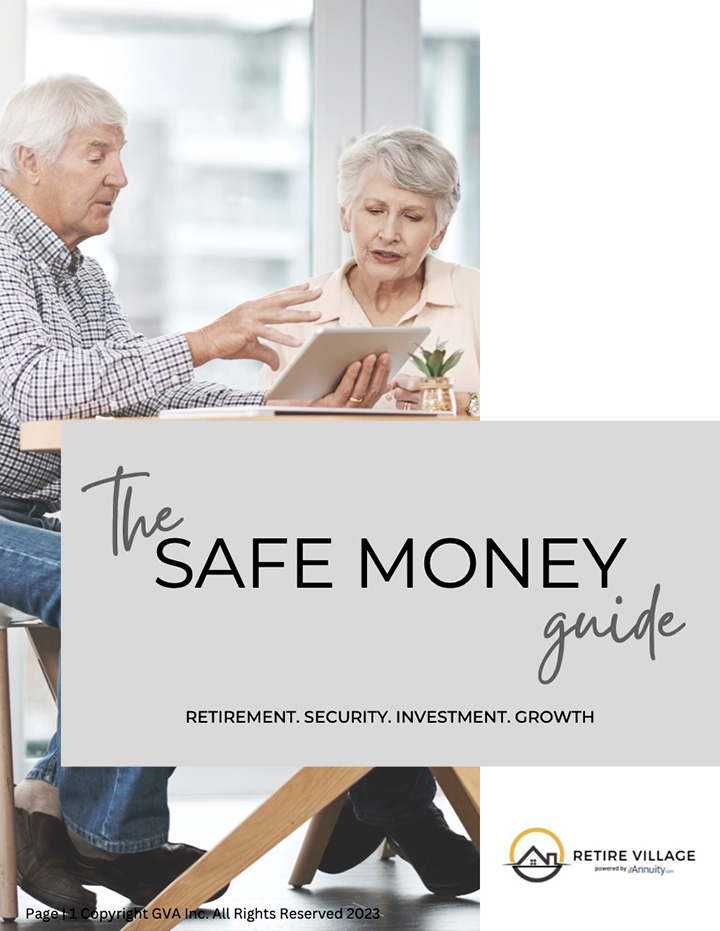Mike Kaminski
Well Being Financial Group
Planning for Retirement in a Volatile Market
Planning for retirement may be challenging under any circumstances, but it becomes even more daunting in a volatile market. Economic uncertainties, market fluctuations, and geopolitical events may all contribute to financial instability. However, with careful planning and strategic adjustments, you may safeguard your retirement savings and achieve your long-term goals. Here are some essential strategies for planning for retirement in a volatile market.
Diversify Your Portfolio
One of the fundamental principles of investing is diversification. By spreading your investments across different asset classes, sectors, and geographical regions, you may reduce risk and enhance the potential for returns. In a volatile market, spreading your investments across various asset classes, such as stocks, bonds, real estate, and others, may help reduce the impact of poor performance in any one area. A well-diversified portfolio may provide stability and resilience against market fluctuations.
Maintain a Long-Term Perspective
Market volatility often tempts investors into making hasty decisions in response to short-term market changes. However, keeping a long-term perspective when planning for retirement is essential. Historical trends indicate that markets generally recover over time, and long-term investments typically provide positive returns. It is essential to resist the impulse to make significant adjustments to your portfolio due to temporary market swings and remain focused on your long-term objectives.
Regularly Rebalance Your Portfolio
Regularly rebalancing your portfolio is essential to maintaining your desired asset allocation. Certain investments may outperform others as time passes, causing your portfolio's composition to deviate from its initial allocation. To rebalance, you sell the assets that have appreciated and purchase those that have lagged, bringing your portfolio back to its intended mix. This disciplined strategy helps control risk and ensures that your investments remain aligned with your retirement goals.
Build an Emergency Fund
Establishing a solid emergency fund is essential, particularly in times of market instability. This financial buffer allows you to manage unforeseen expenses without tapping into your retirement savings. Strive to accumulate enough to cover three to six months' living expenses, keeping these funds in a readily accessible and liquid account. This approach helps avoid early withdrawals from your retirement accounts when the market is unpredictable.
Consider a Bond Ladder
A bond ladder is a strategy that involves purchasing bonds with different maturities to create a steady income stream. This approach may help manage interest rate risk and provide more predictable returns in a volatile market. As bonds mature, the principal may be reinvested in new bonds, maintaining the ladder and ensuring a continuous flow of income. Bond ladders may offer stability and reduce the impact of market fluctuations on your retirement income.
Utilize Dollar-Cost Averaging
Dollar-cost averaging is a method where you consistently invest a fixed amount of money into the market at regular intervals, regardless of market conditions. This strategy spreads your investments over time, which may mitigate the effects of market volatility. When prices are low, you purchase more shares; when prices are high, you acquire fewer shares. Over time, this may result in a lower average cost per share.
Stay Informed and Flexible
Keeping up-to-date with market trends, economic indicators, and global events is essential for wise investment choices. Nonetheless, it's just as important to stay flexible and adaptable. Since markets are inherently unpredictable, sticking to a rigid plan may be harmful. It's vital to be ready to modify your strategy as necessary to react to market shifts and capitalize on new opportunities.
Work with a Financial Advisor
Dealing with a volatile market may be challenging, but partnering with a financial advisor may offer essential insights and guidance. A professional advisor may assist you in creating a customized retirement plan, evaluating your risk tolerance, and suggesting strategies to safeguard your investments. Consistently meeting with an advisor may help you stay on course and adjust your retirement plan in response to market fluctuations.
Conclusion
Planning for retirement in a volatile market requires strategic thinking, disciplined investing, and adaptability. By diversifying your portfolio, maintaining a long-term perspective, rebalancing regularly, and utilizing strategies like dollar-cost averaging and bond ladders, you may navigate market fluctuations and safeguard your retirement savings. Building an emergency fund and seeking professional advice further enhances your financial security. With these strategies, you may confidently plan for a stable and prosperous retirement, regardless of market volatility.
Many people have learned about the power of using the Safe Money approach to reduce volatility. Our Safe Money Guide is in its 20th edition and is available for free.
It is an Instant Download. Here is a link to download our guide:

Mike Kaminski
Well Being Financial Group
3477 Corporate Pkwy.
Suite 100
Center Valley, Pennsylvania 18034
mike.kaminski@retirevillage.com
(484) 671-2461

Looking For Answers?
Download our Safe Money Guide and learn more about safe retirement options that can help you achieve your retirement goals safely - FREE!


